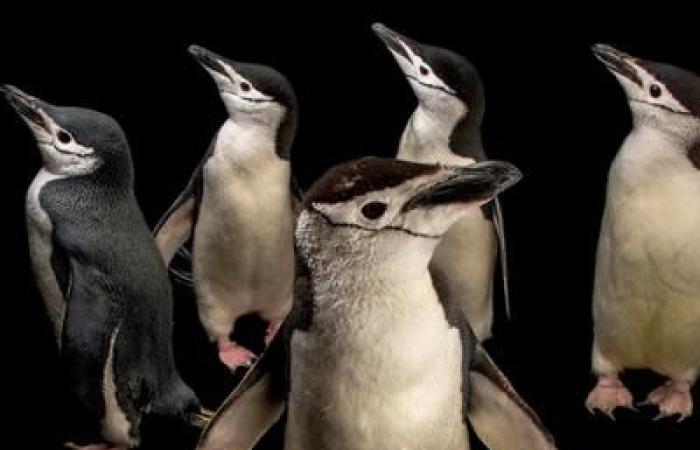When Lee began examining the data, he was surprised to discover that the birds (released after the study) were sleeping in four-second intervals throughout the day and night as they tended to their business. egg or their chick.
According to Chiara Cirelli, a neuroscientist at the University of Wisconsin who was not involved in the study, anyone who has ever dozed off briefly on the subway or while watching TV has experienced a micronap.
In humans as in penguins, micro-sleep occurs during periods of fatigue and exhaustion. However, during the nesting period, chinstrap penguins seem to rely almost exclusively on micro-sleep, explains Chiara Cirelli. It's difficult to study sleep in natural environments, so “the simple fact that they were able to record data under these conditions is an achievement.”
Although the data is compelling, Cirelli points out that the researchers only studied penguins during nesting periods, which makes it unclear whether the birds resort to micronaps outside of those periods.
The other challenge is to understand the impact of micro-sleep on the brains and bodies of penguins because if in humans lack of sleep leads to a whole series of health problems, we do not know if this is also the case in penguins.
Since chinstrap penguins sleep a little longer when diving for food and after returning to dry land, Libourel believes that micro-sleeping might just be a short-term coping strategy. term for tired parents.






